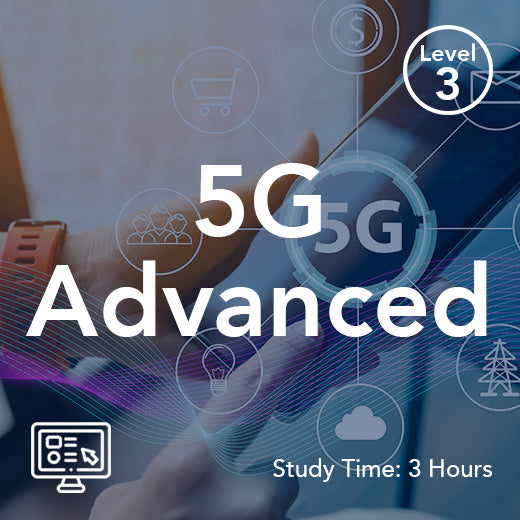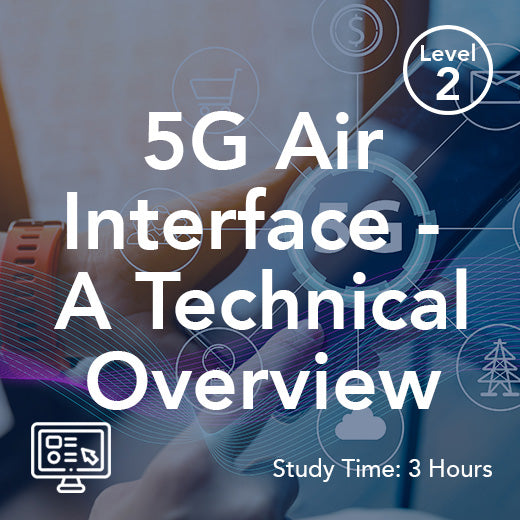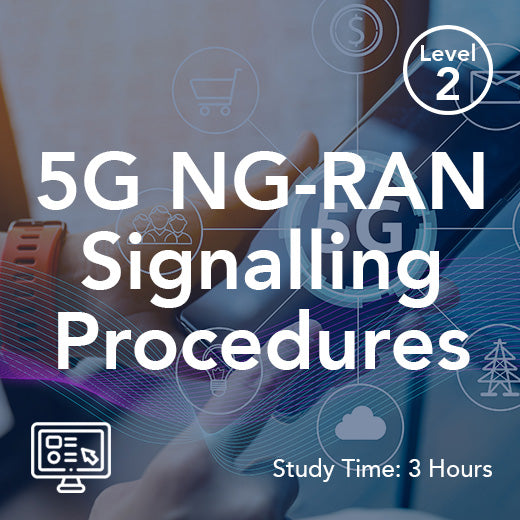Understanding RSSI Signal Strength: What It Means for Your Connectivity
- , by Stephanie Burrell
- 2 min reading time
Introduction to Signal Strength
Signal strength plays a crucial role in determining the quality, speed, and reliability of your Wi-Fi connection. At the heart of measuring this is the received signal strength indicator (RSSI), a key metric that tells you how much power your device receives from a wireless signal. Understanding RSSI values and other signal parameters is essential for optimizing network performance, troubleshooting connectivity issues, and ensuring seamless connectivity across your home or business.
RSSI is typically measured in decibels relative to a milliwatt (dBm), with values ranging from -100 dBm (indicating a very weak signal) to 0 dBm (a very strong signal). The closer the RSSI value is to 0, the stronger the signal your device receives. For most Wi-Fi networks, a good RSSI value falls between -30 dBm and -60 dBm, which supports fast data transfer and stable connections. If your RSSI drops below -70 dBm, you may experience slow speeds, dropped connections, or poor quality internet access—clear signs of a weak signal.
Several factors can impact your Wi-Fi signal strength, including physical obstacles like walls and furniture, interference from other wireless devices (such as cordless phones or microwaves), and the distance between your device and the Wi-Fi router or access point. Even the Wi-Fi channel your network operates on can affect signal quality, especially in environments with multiple devices or overlapping networks. To significantly improve signal strength, consider optimizing the placement of your Wi-Fi router in an elevated location, reducing interference by changing channels, and using Wi-Fi extenders or mesh networks to cover dead zones. Wi-Fi analyzer apps are valuable tools that display signal strength, help identify weak signals, and provide detailed information for network optimization.
Beyond RSSI, other metrics like reference signal received power (RSRP) and reference signal received quality (RSRQ) are used in cellular and mobile networks to assess signal quality. RSRP measures the power level of the reference signal from a cell tower, while RSRQ evaluates both the strength and quality of that signal. These indicators are especially important for optimizing network performance in environments with multiple access points or when using advanced tools to monitor network health.
By understanding RSSI readings and related signal strength indicators, you can take proactive steps to reduce interference, improve your Wi-Fi signal strength, and ensure a reliable internet connection. Whether you’re managing a large wireless network or simply want a stronger signal at home, paying attention to these signal parameters is key to achieving seamless connectivity and optimal network performance.


































